Benjamin Baltzly photograph collection KMA Photo 1473 [Detail]: Kamloops from above HBC Post, 1871.
INTERIOR MONOLOGUE: BENJAMIN BALTZLY AND THE GEOLOGICAL SURVEY OF BC
May 24, 2019 – November 2, 2019
In 1871, British Columbia became the sixth province to enter the Dominion of Canada, courted by the promise of a transcontinental railway system connecting it to the East. Under the government of John A. Macdonald, Chief Engineer Sandford Fleming dispatched ten survey parties to prospect the most favourable routes for the train system, giving special attention to the difficult mountain passes of BC.
Alfred Selwyn, Director of the Geological Survey of Canada, headed a team assigned to BC’s interior plateau. To document the features and exploitable resources of the landscape, Selwyn took the unusual step of recruiting a photographer. Montréal photographer William Notman would send two employees: John Hammond and Benjamin F. Baltzly. The team of nine travelled by foot, horse and canoe from Yale to Kamloops, then north along the North Thompson River toward what is now Valemount.
Baltzly’s assignment was supported by an expansionist vision of Canada held in the popular imagination through idealized landscapes painted by artists trained in Europe. These colonial influences viewed the North American West as a continuous, untouched and uninhabited wilderness—a terra nullius—that would inevitably be tamed. Baltzly’s photos—some of the earliest and most lucid images of the area—were used deliberately to encourage settlement of the West.
The KMA Archives houses one of only four known collections of the photographer’s work, consisting of 26 dry–mounted prints from the expedition. The Benjamin Baltzly fond provides a glimpse of pastoral life set amid the spectacular topography of a historic BC. At the same time, it offers clues about world views that would propel Confederation.
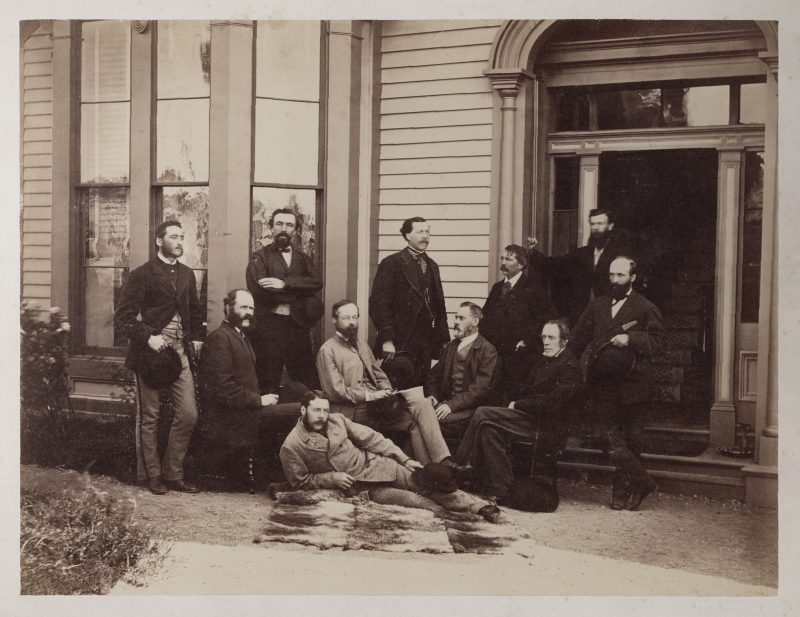
Those worldviews are entangled in ideas endemic to the time. As they inspired and justified the Dominion’s westward expansion, the ideas were also used to rationalize atrocities that fell under the colonial project’s stride to the Pacific. We’ve placed some of those ideas as captions for Baltzly’s photos and note that many of them, overtly or covertly, remain essential to Canada’s identity today.
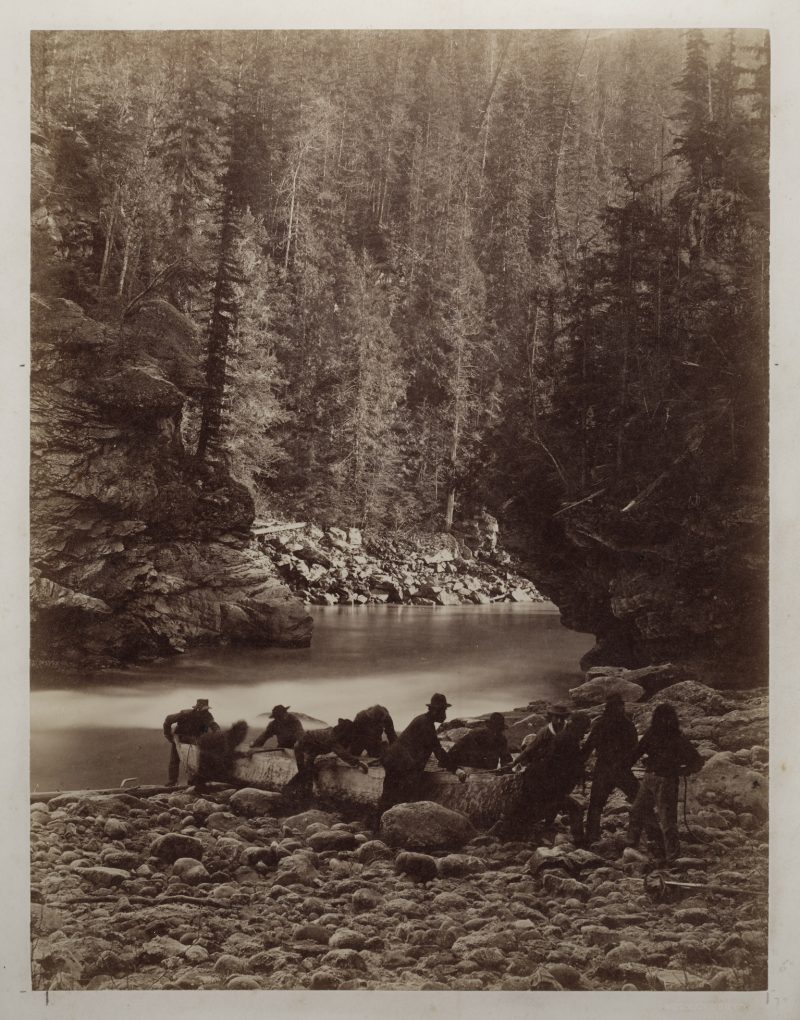
Romanticism
Originating in late 18th-century Europe, romanticism was a varied, widespread, multidisciplinary response to modernity, which had affected virtually every aspect of human life. While diverse in character and content, it can be said, nonetheless, that romantics were committed to the primacy of aesthetic experience. For romantics, in other words, meaning derived fundamentally from engagement with beauty and art. It was in this context the British romantic poet Keats proclaimed, “Beauty is truth, truth beauty.”
Mystery, imagination, individualism, emotion, nationalism, pastorality, discovery and the notion of transcendence are all prominent motifs across many forms of romanticism.
Historian–Philosopher, Isaiah Berlin:
Romanticism reflected, “… a new and restless spirit, seeking violently to burst through old and cramping forms, a nervous preoccupation with perpetually changing inner states of consciousness, a longing for the unbounded and the indefinable, for perpetual movement and change, an effort to return to the forgotten sources of life, a passionate effort at self-assertion both individual and collective, a search after means of expressing an unappeasable yearning for unattainable goals.”
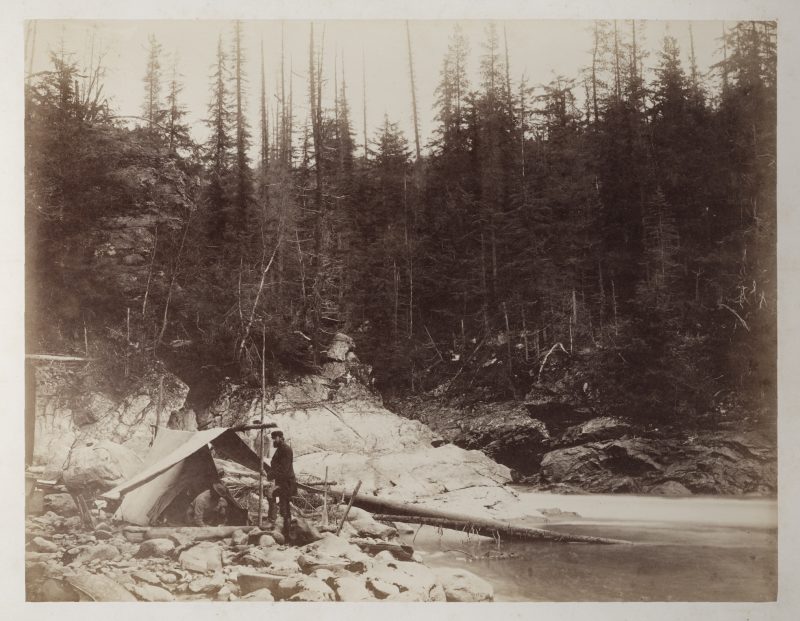
Individualism
Important strands of romanticism were concerned with the autonomy of the individual, and valued acts of heroism, genius or achievements of the imagination. With the individual subject as the locus of originality, revolutionary potential, and the site in which transcendence could occur, romantic heroes were often cast as introspective leaders who operated outside of the structure of civilization and broke with historical conventions.
Widened accounts of history also highlight the social networks that activated conditions for cultural transformation, as well as those who were negatively affected by it.
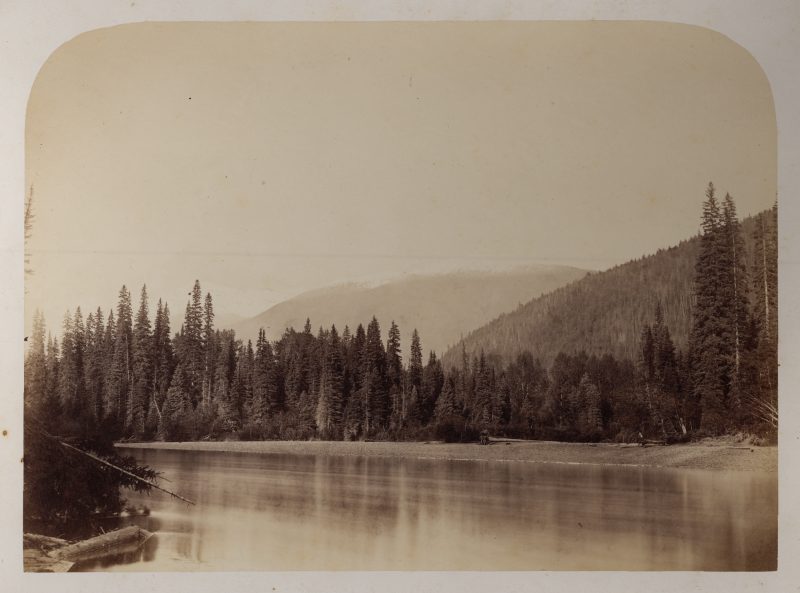
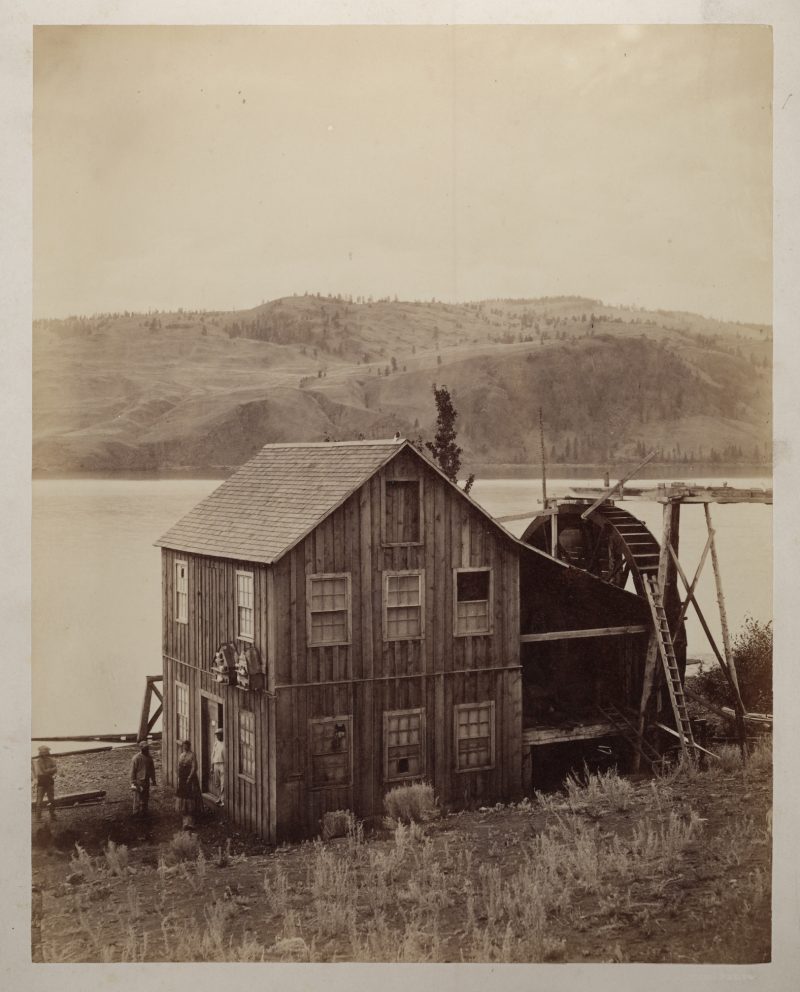
Pastorality
A pastoral is an artistic convention that presents idealized depictions of rural life and landscapes. Often featuring animals, undemanding agricultural labour, and heroic Shepard figures to imagine a lost, innocent past, the form may be used to critique an urban technological present.
Depictions of idyllic coexistence between human beings and nature have existed in Western art and literature since antiquity. The return to the Garden—Eden, Arcadia, etc.—and the longing to recover bygone, mythical ways of life are themes that permeate the Western canon and figure prominently in the creation and maintenance of Western values. While it has existed at least since the time of Homer, the pastoral has clear ties to the aims and tendencies of Romanticism.
The pastoral is often understood as part of a problematic impulse to impose a particular will on an imagined “untamed” wilderness. Throughout colonial history, for example, there are numerous examples of cultural groups settling territory with the express aim to possess and domesticate the land and the life on it to install a manufactured harmony grounded in Western values.
In European painting, pastoral compositions often place people, livestock, and other evidence of leisurely rural life in the foreground. The background—which is the primary subject—is typically a spectacular display of the natural world.
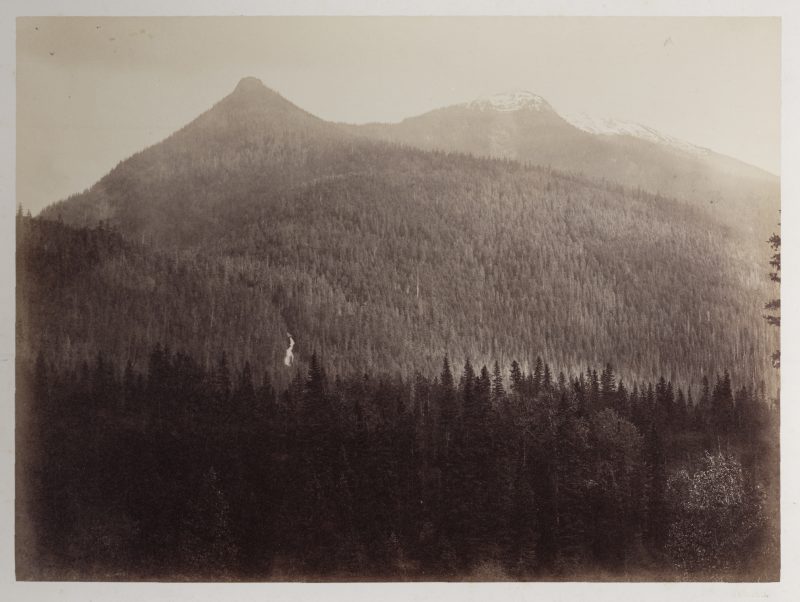
The Sublime
In art and literature, the term “sublime” commonly refers to a set of ideas originating in the philosophy of Immanuel Kant. Experience of the sublime is, foremost, a sensation of the power and supremacy of reason above sensory perception, imagination, and nature.
Kant distinguished the sublime into two related forms: the mathematic and the dynamic. The mathematic sublime describes experiences where the imagination is overwhelmed by the immensity of nature. The monumental scale of mountains or oceans is such that the imagination may not be able to grasp them through the terms available to reason. But that reason can conjure a notion like “infinity” confirms, for Kant, its sovereignty above and beyond the senses.
The dynamic sublime describes a more visceral experience where, from a position of relative safety, the embodied individual can experience its own smallness and insignificance in the face of a volcano, cliff or hurricane. Yet reason’s capacity to capture a totalizing concept of “nature” allows it to experience fear of nature’s immense and irresistible power while, at the same time, view itself as both above and independent of it.
Experiences of the sublime, according to Kant, are accompanied by feelings of pleasure (the superiority of reason), and displeasure (the limits to the imagination and human physical power). He referred to this as a “negative liking” and connected it to the feeling of re- spect. Respect for those things that are “wild,” “untamed,” and “natural” permeates Romantic literature.
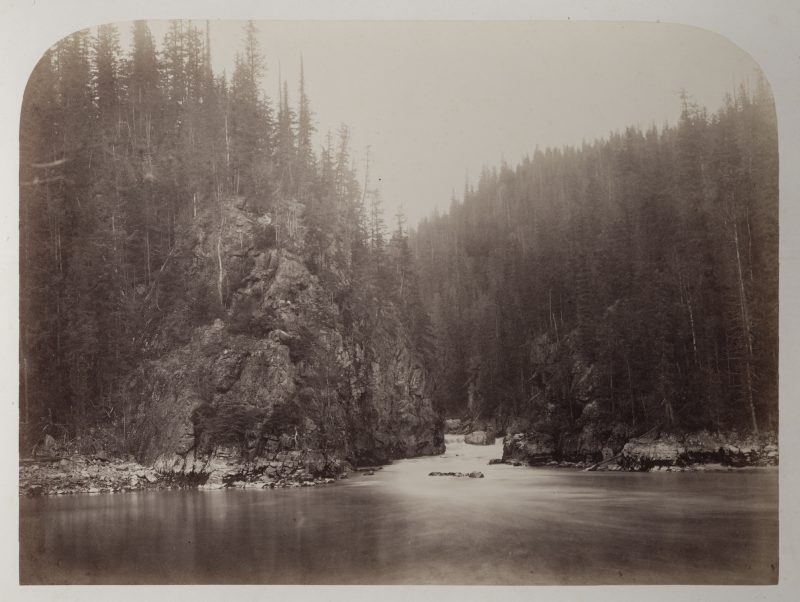
The Sublime Among Romantics
Kant’s elevation of reason may seem representative of values associated with the Age of Enlightenment that the romantics sought to challenge. But his ideas on aesthetics were and continue to be taken up, embraced, rejected and otherwise grappled with by all manner of romantic artists and thinkers.
His notion of supersensibility (knowledge that is beyond the reach of the senses) as constituent to an experience of the sublime, for example, flows through Romanticism’s widespread aim to seek immediate spiritual experience through encounters with nature. The sensation of the superiority of reason over nature also corresponds with a romantic impulse to view the individual as independent of and, often, at odds with nature.
In art, “the Sublime”—whether a theme, idea or an invocation—is a dominant convention in Western landscape painting in Canada throughout the Pre-Confederation period and into the early twentieth century.
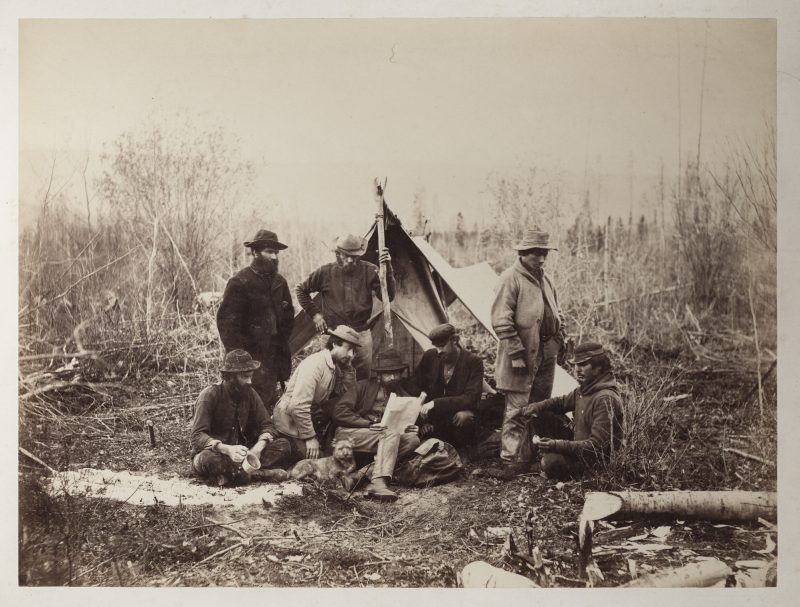
Occularcentrism
European cultures have historically given elevated status to ways of knowing grounded in sight as opposed to other senses.
Phrases like, “I won’t believe it until I see it,” “see for your- self,” “we see eye to eye,” and many others are relatives of this tendency. The privileging of sight in the West takes root at least as far back as Plato and Aristotle, who connected it to the power of reason. Against this backdrop, literacy and the written word hold status over the spoken word, which was and continues to be expressed in colonial terms through the subjugation of oral histories and storytelling as legitimate forms of knowledge transmission.
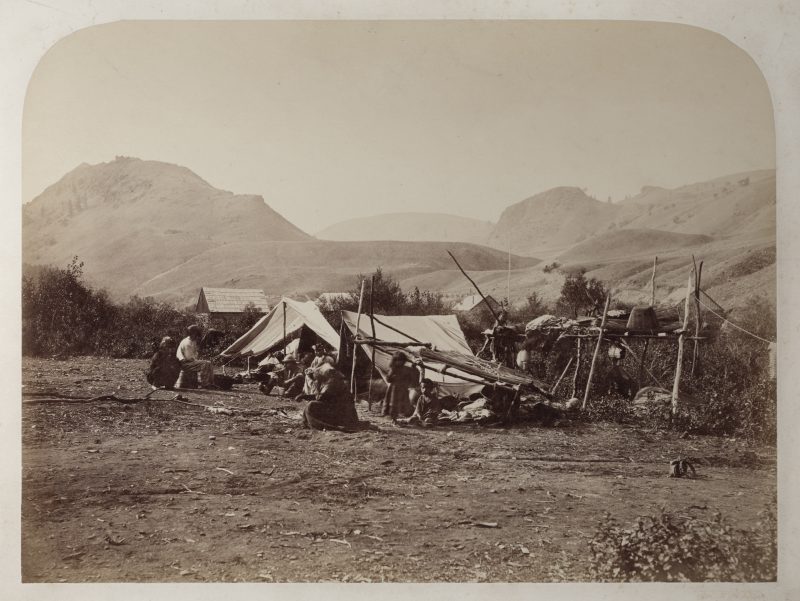
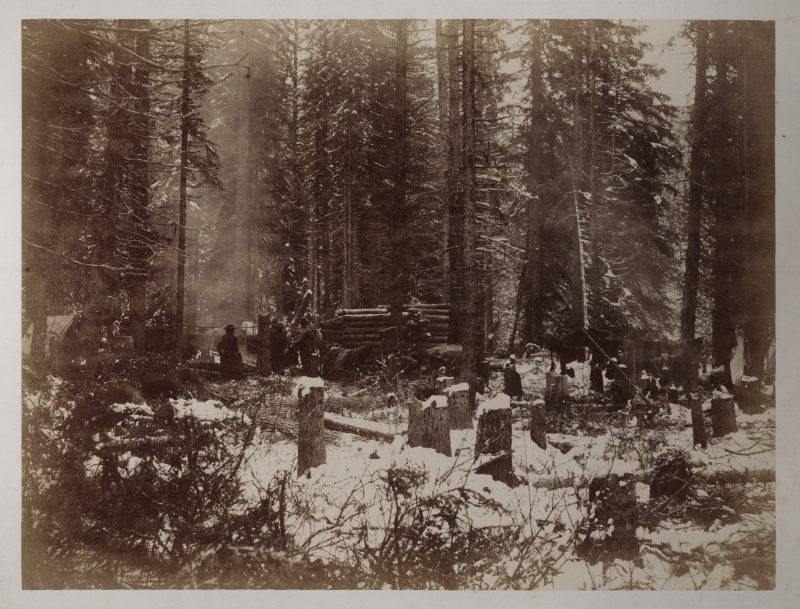
Colonialism
Colonialism is a set of signs, symbols and practices through which one nation is brought under domination or authority by another. Specifically, colonialism involves the permanent transfer of people to settle a new territory while maintaining loyalty to their country of origin. In this process, the original inhabitants of the land become dependents in a new system of economic and political control.
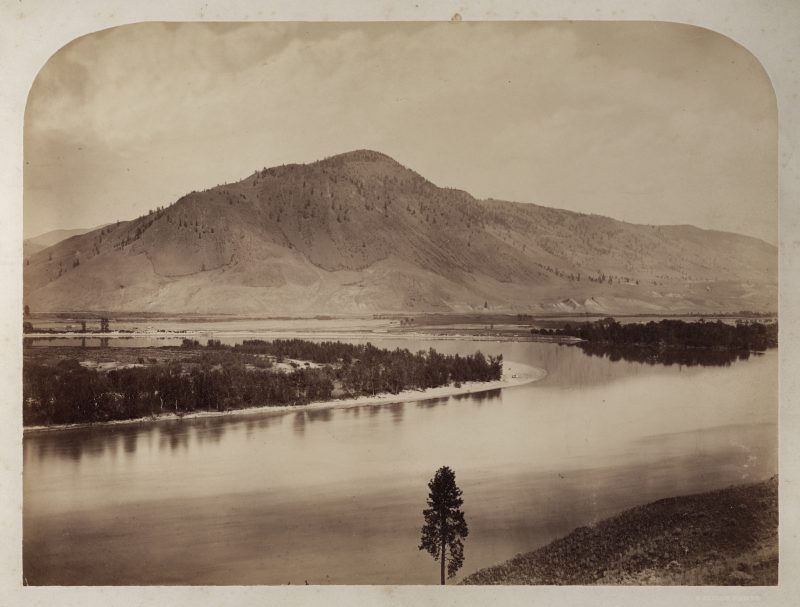
Terra Nullius
This Latin expression from the mid 19th century quite literally means, “land belonging to no one.” It is a principle that, for legal purposes, identifies a particular territory as unoccupied, uninhabited or unclaimed. The term is typically linked to the process by which settler communities may occupy and obtain title to land.
Historically, territory was assessed to be unoccupied or unclaimed by an interested colonizing power who sought the acquisition of more territory. Criteria were based on the cultural norms and values of the colonizing power such that, for example, land could be considered unclaimed if its inhabitants had not established permanent structures. The structures, for the colonizer, constituted a demonstration of cultural maturity and, so it followed, evidence of a territorial claim.
Joseph Trutch, the first Lieutenant Governor of British Columbia, former Chief Commissioner of Land and Works and a primary advocate for a Geological Survey to accompany the 1871 railway survey, claimed that Indigenous populations, “… have no right to the lands they claim, nor are they of any actual value or utility to them …” He went on to introduce policy that ignored territorial claims and denied Indigenous title. As consequence, most of British Columbia remains on unceded land.
-
Admission By Donation Suggested
$1 per child & $3 per adult.
Frequently Asked Questions -
Museum Hours
Tuesday - Saturday: 9:30am - 4:30pm
Sunday & Monday: Closed -
Archive Hours
Tuesday - Friday: 1:15pm - 4:00pm
Saturday: By Appointment
Sunday & Monday: Closed -
Please Note:
The admissions desk may ask that you check your bags and any food and beverages upon entry.
We encourage you to talk in our galleries, have fun, and discuss the content and artifacts you see as you make your way around the building. Laugh, cry, and remember that we like hearing our galleries active!





